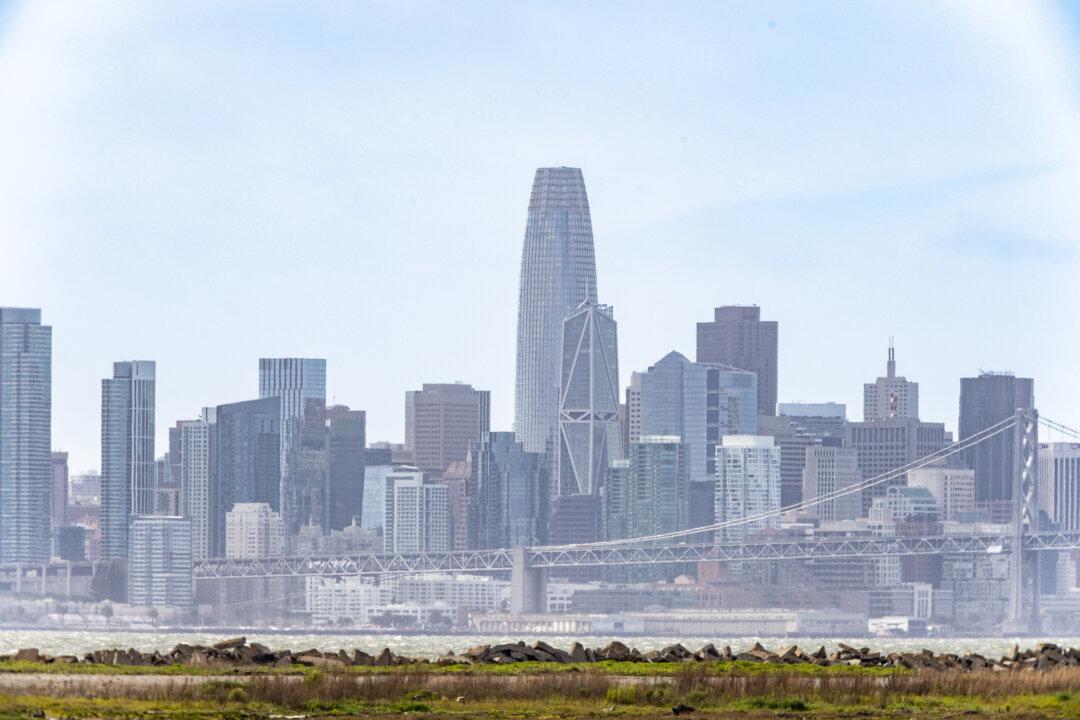In the report released on Feb. 10, the San Francisco Bay Area—specifically San Rafael, Corte Madera, Foster City, and Bay Farm Island—is seeing “the land subsiding at a steady rate of more than 0.4 inches (10 millimeters) per year due largely to sediment compaction.”
Because of this subsidence, local sea levels are expected to rise at an accelerated rate.
Researchers used satellite radar to pinpoint areas along California’s coast where there are changes in vertical land motion and sea levels.
The report states, “To capture localized motion inch by inch from space, the team analyzed radar measurements made by [the European Space Agency’s] Sentinel-1 satellites, as well as motion velocity data from ground-based receiving stations in the Global Navigation Satellite System.”
They then compared the observations of the same locations between 2015 and 2023.
Parts of California that are sinking the fastest are in the Central Valley, up to eight inches per year. This is caused by groundwater withdrawal during times of drought or rain, which can deflate or inflate underground aquifers.
In Northern California, marshlands in San Francisco, Monterey bays, and Sonoma County’s Russian River estuary are sinking, likely because of erosion. Other areas, such as the Big Sur mountains below San Francisco and Palos Verdes Peninsula in Los Angeles, are moving downward because of slow-moving landslides.
Scientists also found that not all areas along California’s coast are sinking. For example, Santa Barbara is increasing in elevation by several millimeters per year because of a replenishing groundwater basin. Long Beach, “where fluid extraction and injection occur with oil and gas production,” is also rising, according to the report.
The study predicts that by 2050, California sea levels will be six to 14.5 inches higher than 2000 levels. Melting glaciers and ice are the main reasons for the higher water levels.
“In many parts of the world, like the reclaimed ground beneath San Francisco, the land is moving down faster than the sea itself is going up,” said Marin Govorcin, a scientist at NASA’s Jet Propulsion Laboratory in Southern California.
Researchers noted that the scale and speed of elevation change can be unpredictable, because of both human factors such as groundwater pumping and wastewater injection and natural factors such as tectonic activity.







